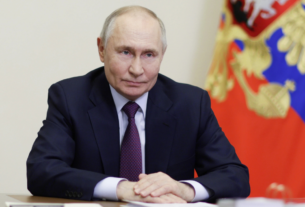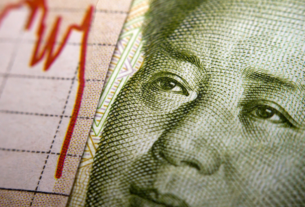Japan’s reception to the British-led GCAP (Global Combat Air Programme) warplane has been more reserved compared to other nations. While the program marks a significant shift in defense strategy and collaboration, the response from Japan has been notably cautious.
The GCAP project, led by the UK, Italy, and Japan, aims to develop a next-generation fighter aircraft to replace current models. Japan’s involvement highlights a growing trend of defense cooperation with Western allies, but the country’s history and policies around military engagement influence the muted enthusiasm. The Japanese government has focused on maintaining strong defense partnerships while avoiding overt militarization, which has led to a more tempered public stance.
Unlike some countries where military advancements often spark public pride, Japan’s national sentiment around military development remains sensitive. Public opinion, influenced by Japan’s pacifist constitution, tends to lean against displays of aggressive military power. This hesitance is reflected in media reports and government statements, which emphasize the program’s defensive nature.
Japan’s pacifist stance, shaped by post-WWII policies, prioritizes non-aggression and defense-only strategies. The Japanese public continues to voice concerns about the implications of increased military spending and defense partnerships. The GCAP warplane represents a significant shift in policy, but it does not align perfectly with the broader public sentiment about military expansion.
Despite Japan’s caution, the GCAP warplane promises to strengthen its defense capabilities. With tensions in the Asia-Pacific region increasing, particularly with North Korea and China, Japan sees the need to enhance its air defense infrastructure. The warplane’s advanced technology, including stealth capabilities and cutting-edge radar systems, will contribute to Japan’s defense preparedness.
Japan’s air force, the Japan Air Self-Defense Force (JASDF), has expressed interest in integrating the GCAP warplane into its fleet to bolster defense capabilities. The aircraft’s technology could help Japan counter emerging threats in the region, but Japan’s commitment to self-defense limits its full military integration. The aircraft’s deployment is likely to occur slowly, as Japan balances military readiness with public sentiment.
Japanese officials have pointed out that the GCAP warplane will fit into Japan’s broader security framework, where defense spending has been gradually increasing. However, Japan remains focused on avoiding actions that could be seen as aggressive or destabilizing to the region. Public debates continue over the role of military technologies in Japanese defense policy.
Japan’s defense budget has been growing, with new plans to increase spending by 10% in the coming years. The GCAP warplane, alongside other military advancements, will be closely scrutinized by both the public and regional neighbors. Japan’s focus remains on deterring threats rather than projecting military power beyond its borders.
In contrast to other nations that celebrate their role in global defense programs, Japan’s support for the GCAP warplane is framed around its defensive role rather than offensive capabilities. The country’s cautious approach underscores the importance of maintaining a balance between security needs and public perception. This approach has allowed Japan to continue its participation in international defense partnerships while minimizing backlash at home.
Japan’s muted support reflects a strategy of defense cooperation without fully embracing military assertiveness. Japanese leaders must carefully navigate domestic concerns while addressing external security needs.
The future of Japan’s involvement in the GCAP program will likely depend on how the warplane is positioned in the context of national security. Continued public engagement and transparent discussions about the aircraft’s role in defense will be crucial in shaping the ongoing narrative around Japan’s military posture.




